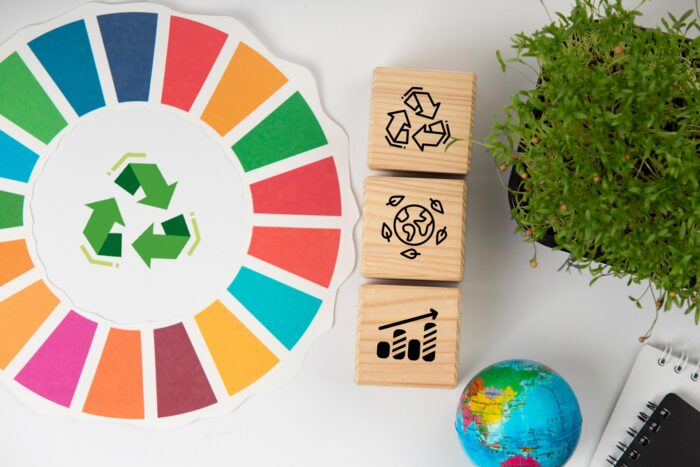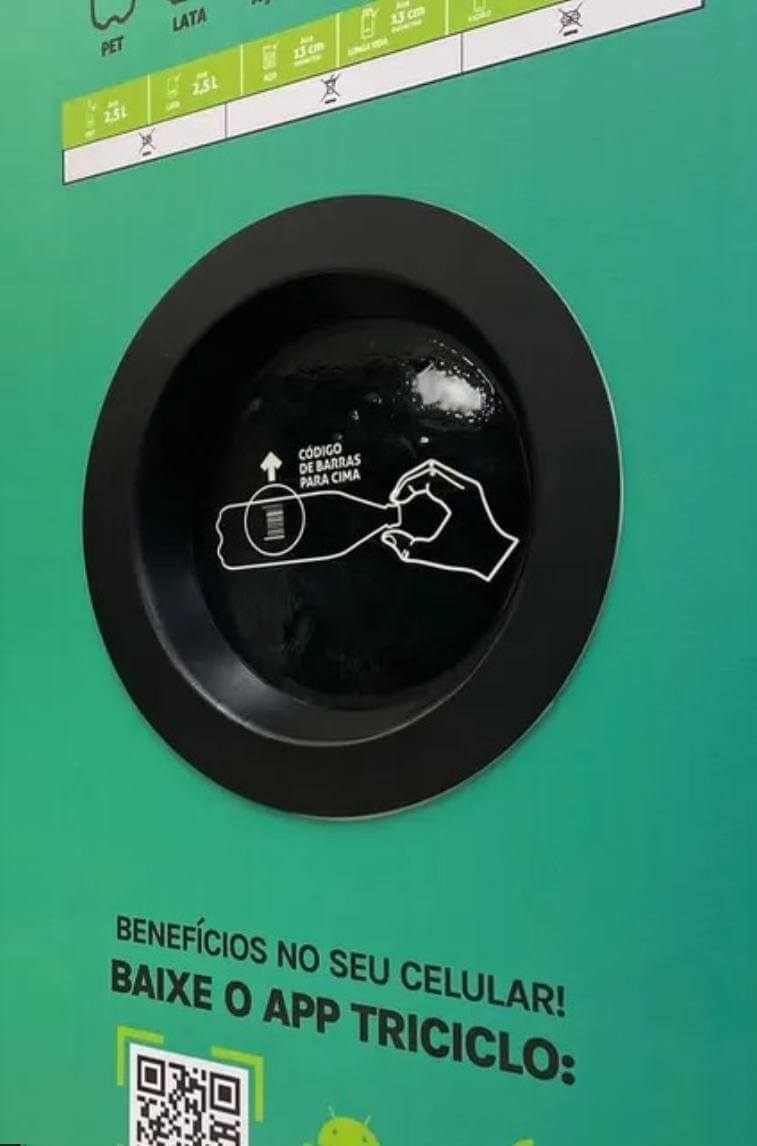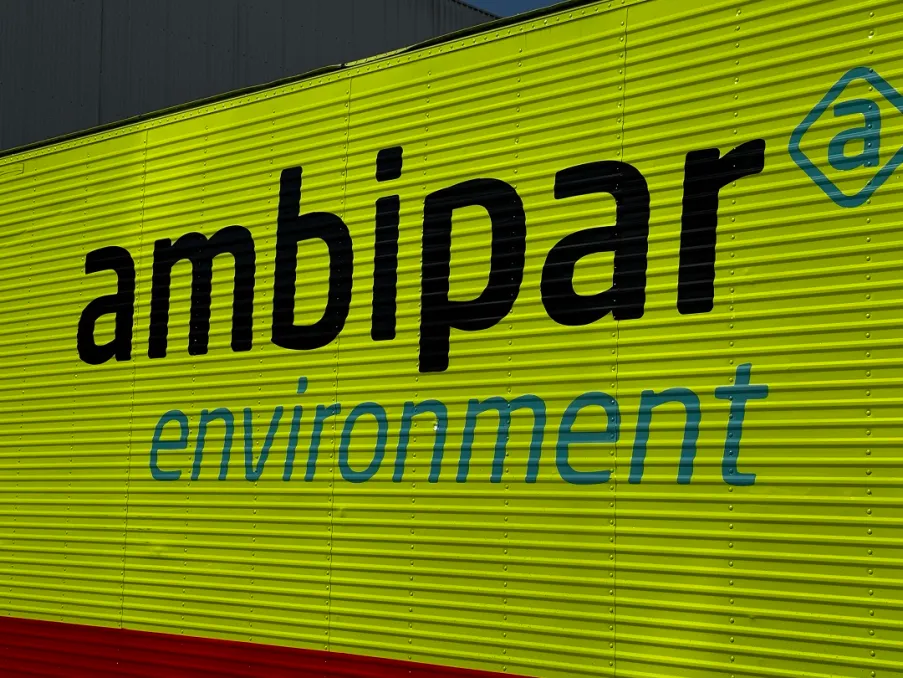Conceptual framework that includes three fundamental principles for the Circular Economy

By Marketing Team
Posted in November 1, 2023

Ellen MacArthur is a prominent advocate of the Circular Economy and the founder of the Ellen MacArthur Foundation. She has developed a conceptual framework that includes three fundamental principles for the Circular Economy. Here are these principles and their explanations:
- Biological and Technical Design:
This principle suggests that products and systems should be designed with careful consideration of their ability to be regenerated, reused, and recycled. This implies that materials and components used should be chosen based on their ability to integrate effectively into biological or technical cycles, rather than being discarded after use. Biological-based design refers to materials that can be easily reintegrated into nature, while technical-based design involves materials that can be recycled or reused in industrial processes.
- Maintenance and Extension of Product Lifespan:
This principle encourages the maximization of the lifespan of products and components, reducing early obsolescence and promoting maintenance. This means designing products that are durable, easy to repair, and upgrade. The idea is to extend the lifespan of products to reduce the amount of waste generated over time. This may also involve business models based on services, where companies retain ownership of products and provide services instead of selling products as consumer goods.
- Regeneration of Natural Systems:
This principle emphasizes the importance of restoring and regenerating natural ecosystems. Circular Economy is not limited only to the cycle of materials and products but also aims to reverse the damage to natural systems. This can be achieved, for example, through sustainable agricultural practices, reforestation, proper water management, and biodiversity conservation. The idea is that by regenerating natural systems, we can ensure the continuous availability of essential resources for life and economic production.
These three principles of the Circular Economy are interdependent and aim to create a more sustainable system, where resources are used more efficiently, waste is minimized, and environmental impacts are reduced.
Organizations have been seeking to develop their businesses towards implementing circularity as a strategic measure, intended to both develop new productive forms and ensure brand repositioning in the market.
To measure the level of Circular Economy development in businesses, some parameters have been developed, including initiatives in Brazil.
Below, we follow with some ways to identify levels of Circular Economy in an Organization:
Nonexistent – No value is created from Circular Economy activities
- Waste and emissions are only a concern when imposing costs.
- No attention is given to the circular agenda, and it is not present in the company’s strategy.
- There is no schedule for Circular Economy training.
- There are no partnerships on the Circular Economy theme with other businesses or knowledge institutes.
- The supply chain is not involved in Circular Economy-related activities.
- The product and its materials are not designed or optimized for Circular Economy.
Regular – Minimal waste management and other impacts
- Emissions and waste reductions are achieved through simple “Avoid and Reduce” initiatives.
- Simple initiatives arise sporadically in the organization.
- Circular Economy does not play a critical role in the strategy.
- Simple environmental improvements with economic benefits are carried out.
- Simple changes are made in operations to reduce waste and emissions.
- Operational principles (e.g., just-in-time) are in place to avoid waste.
- Product performance and material composition are optimized from traditional cost and quality perspectives.
Operational – Value is generated through learning and experience in exploratory activities on Circular Economy principles.
- Sustainability still imposes compensation with traditional performance measures due to lack of appropriation.
- Few organizational resources are (partially) allocated to Circular Economy.
- Circular Economy is present in corporate strategy but not operationalized.
- The quest for knowledge results in sporadic learning activities for dedicated resources. Circular Economy is in focus when recruiting.
- Exploratory projects are carried out with a single external partner.
- Few occasional engagements occur with knowledge institutions.
- Simple workstations are set up to explore disassembly for R strategies (R strategies are propositions of end-of-life product solutions). Due to the lack of formal procedures, activities in operations and the supply chain are retained.
- Exploratory activities around “Eco-Design” and real-time product integrity are conducted for future product launches.
- The quality of recycling existing products and materials is tested.
Systemic – Generation and capture of value increase as Circular Economy appropriation increases.
- Compensations between performance measures persist due to the long time interval of previous decisions.
- Circular Economy is incorporated into the organizational design, while the Circular Economy strategy is operationalized with defined objectives and activities.
- Formal training and knowledge dissemination occur for critical employees.
- Projects with external partners and knowledge institutions are formalized.
- Circular processes are formalized along with existing advanced operations.
- Investments are made to meet efficiency and effectiveness expectations.
- New products and materials are designed for narrow, slow, close, regenerate, and connect circular strategies.
Participatory – Appropriation focus is outward, aiming at optimizing the supply chain.
Multiple circular systems are generating value, for which internal processes and design are effective.
The Circular Economy strategy focuses on the supply chain, while Circular Economy is well-established internally.
Circular Economy competencies are part of employee training.
Formal training with supply chain partners is operationalized.
The infrastructure enabling the exchange of physical and digital resources is well-established.
Advanced technology is implemented to automate the flow of supply chain information to optimize the physical flow of materials and products.
Product integrity data is available throughout the supply chain, allowing for extended product lifecycles and keeping products in circular cycles.
Innovative – We create value from optimized use and cascades between all circular systems.
Circular Economy is embedded in the organization’s strategy and management.
Circular Economy competencies are strategically prioritized throughout the organization and with the vast majority of external partners (suppliers, for example).
The supply chain facilitates a continuous flow of materials, waste, and information.
Internal and supply chain processes are designed for Circular Economy to provide efficient and effective processing of products and materials.
Products are designed for Circular Economy, minimizing material use while maximizing product lifecycle.


